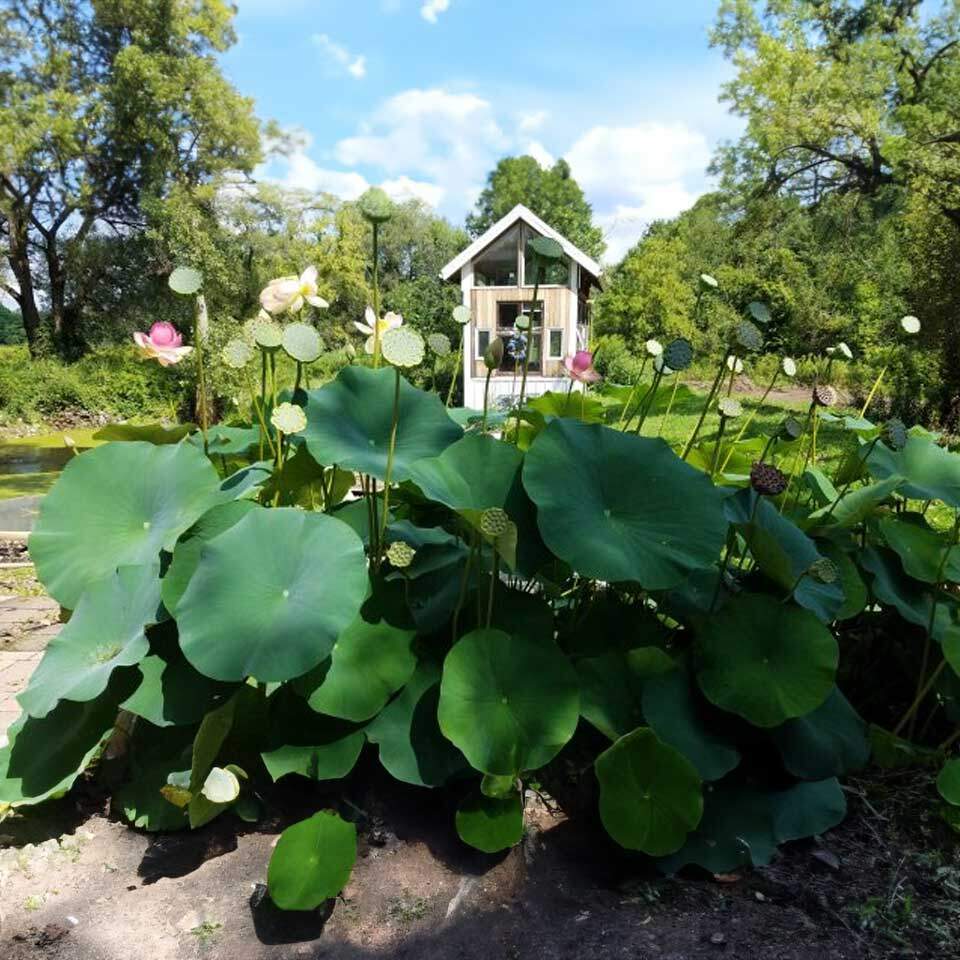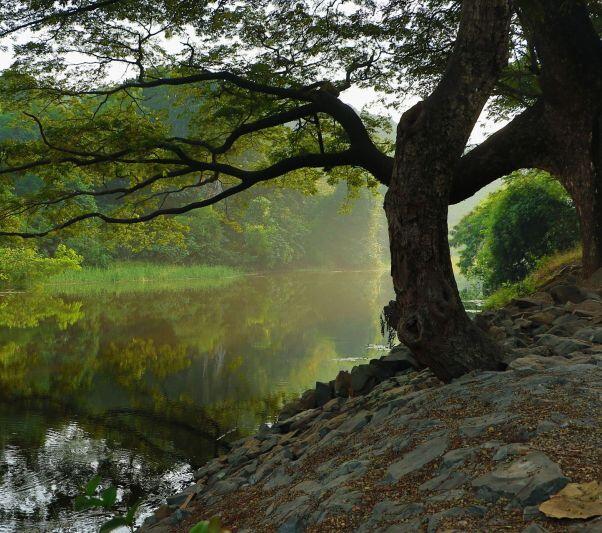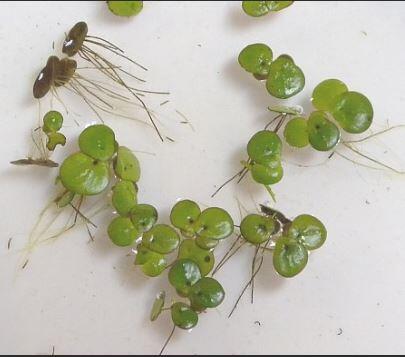Water plants provide numerous benefits to a backyard pond water garden. Water plants or aquatic plants take nutrients out of the water and put oxygen back into the water. Water plants also soften a pond’s edge. The graceful transition from land to water also serves as erosion control along the shoreline. Water garden plants or pond plants come in a variety of colors, textures, forms and water depth tolerances. Aquatic plants include emergent and floating species that are partly out of water and submerged species that live wholly within water.
Emergent plants are plants that do just that, they emerge from the water. Emergent aquatic plants include margin or bog water plants, water lilies and lotuses. Marginal plants naturalize the edge of a backyard pond or water garden with striking color and curious textures. Marginal aquatic plants can be potted and placed on a shallow shelf, planted in saturated soil or planted in gravel for pond water filters. Marginal water plant varieties are available for all plant hardiness zones. Tropical zone plants generally do their best when the water temperatures are 70 degrees or higher and are usually treated as annuals or brought indoors over winter in northern climates.
Floating plants can but do not usually anchor to the soil. Their fibrous roots take up nutrients directly from the water. In addition to taking nutrients directly out of the water, roots of floating plants also provide surface area for beneficial bacteria to grow on and for aquatic insects to live on. Koi and goldfish love nibbling on the roots of floating plants to get to those tasty insect treats. Floating plants are also great for providing shade to a koi pond or goldfish pond which will help to keep the water cooler and clearer. Larger floating plants, such as water hyacinth and water lettuce, provide cover for small and newly hatched fish.
Submerged aquatic plants, also called oxygen plants or oxygenating plants, grow below the surface of the water and help provide oxygen to the pond, water garden or aquarium. Submerged water plants provide cover for small fish and habitat for insects the small fish eat. Another benefit of submerged water plants is that they also help to take nutrients out of the water and help to out-compete algae which will limit algae growth.
Emergent, floating and submerged water plants all have a role in creating a perfect balance in ponds and water gardens. To get the most benefit of water plants there should be up to 2 bunches of submerged plants, 1 margin plant and 1 water lily or 3 floating plants for every 3 feet by 3 feet of space. For example, a10 feet long by 6 feet wide pond should have about 14 bunches of submerged plants, 6 margin or bog plants and either 6 water lilies or 18 floating plants or a combination of 3 water lilies and 9 floating plants. In the wild, this ratio of water plants per area of space are the different habitat zones that support a wide array of animal life both in and out of the water.



